Merseburg was a royal palace, bishop’s seat and ducal residence. Of course, no castle could be missing. We set out to explore Merseburg Castle.
The first castle in Merseburg was built by Bishop Heinrich von Warin from 1245 to 1265. Part of today’s east wing was built during this period.
A good 200 years later, from 1470 to 1500, Bishop Thilo von Trotha ordered the construction of a new three-winged castle. The fourth wing of the complex is still the Merseburg Cathedral, whose late Gothic nave was also commissioned by Thilo von Trotha.
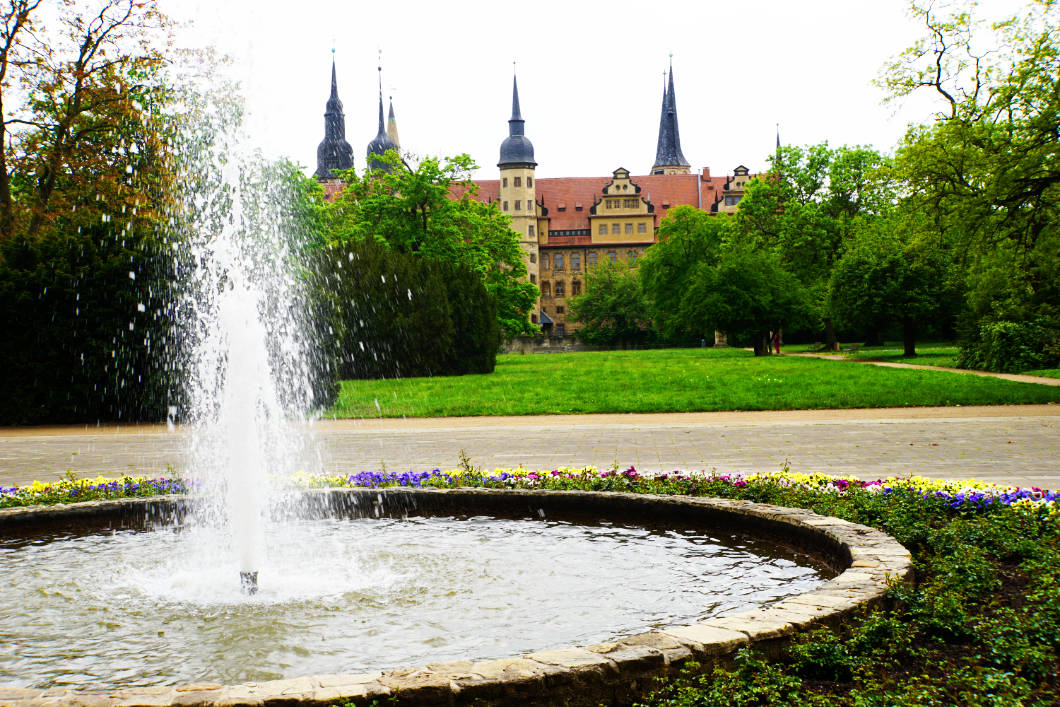
In 1604/05 Duke Johann Georg I of Saxony had the castle rebuilt again according to his wishes and an imposing building of the German late Renaissance was created.
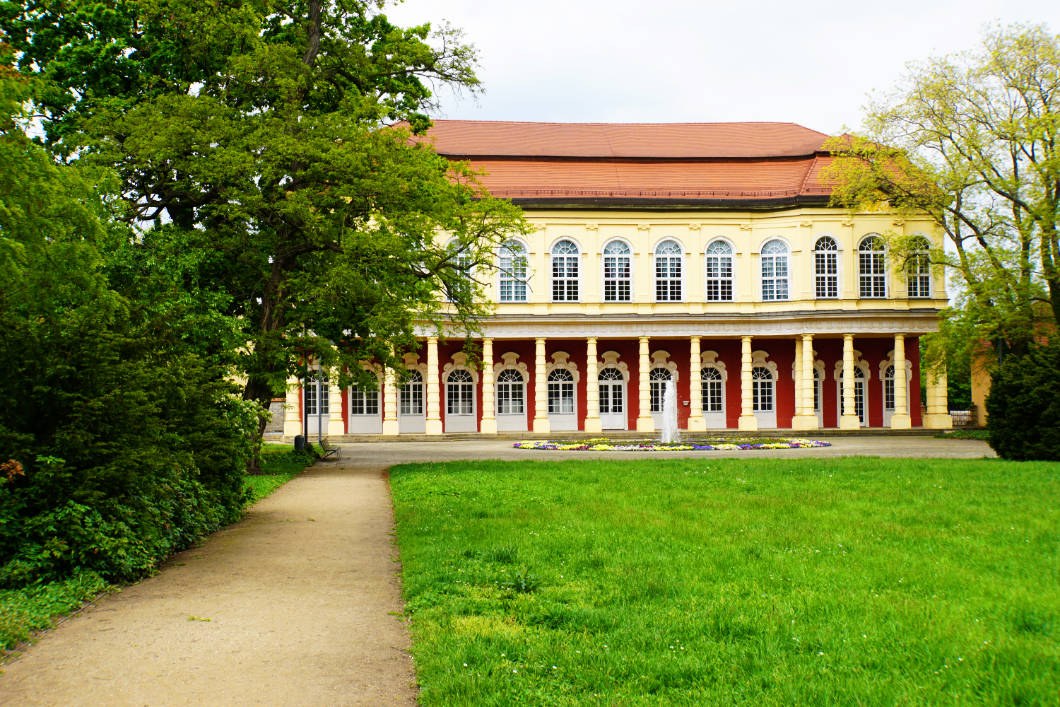
A few years later, the castle garden with the castle garden salon was created. The castle garden is one of the 40 selected most beautiful and historic gardens of the network Gartentraum.
Today the castle is used by the city administration, the music school and the Museum of Cultural History.
In the castle courtyard
Our tour of the castle begins in the castle courtyard. Mrs. Wippert, an employee of the Museum of Cultural History, accompanies us. She tells us a lot about the history and architecture of the castle.
We notice the numerous coat of arms panels that can be discovered on the facade. I am also impressed by the portals and oriels in the late Gothic and Renaissance styles.
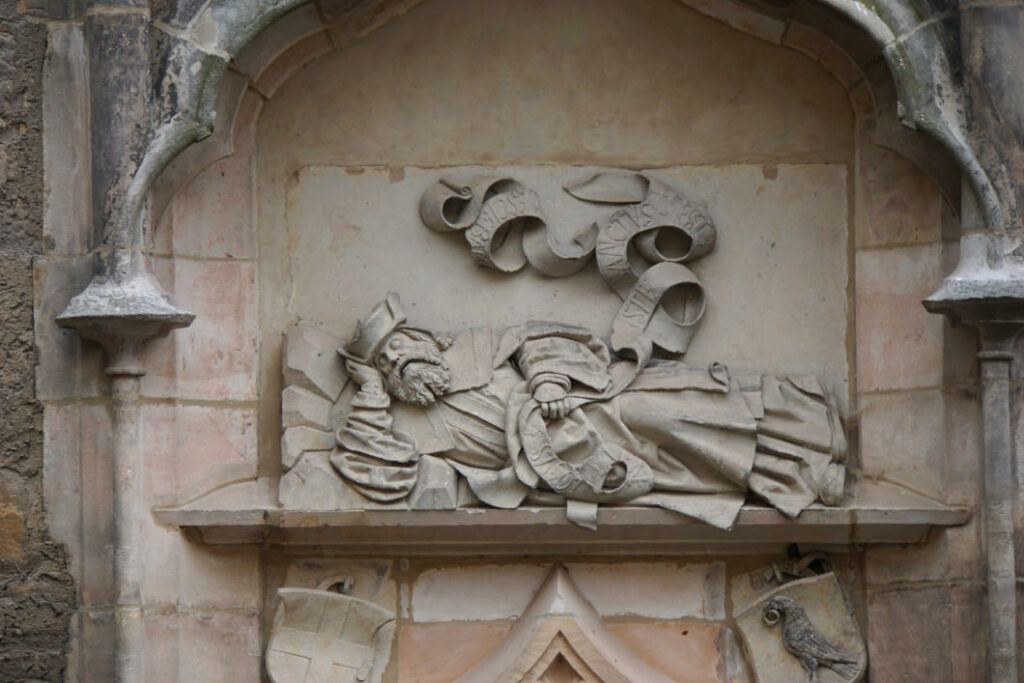
The castle has 3 towers: chamber tower, pagent tower, confectioner tower. From the outside, these have slanted windows, which are adapted to the course of the spiral staircase inside.
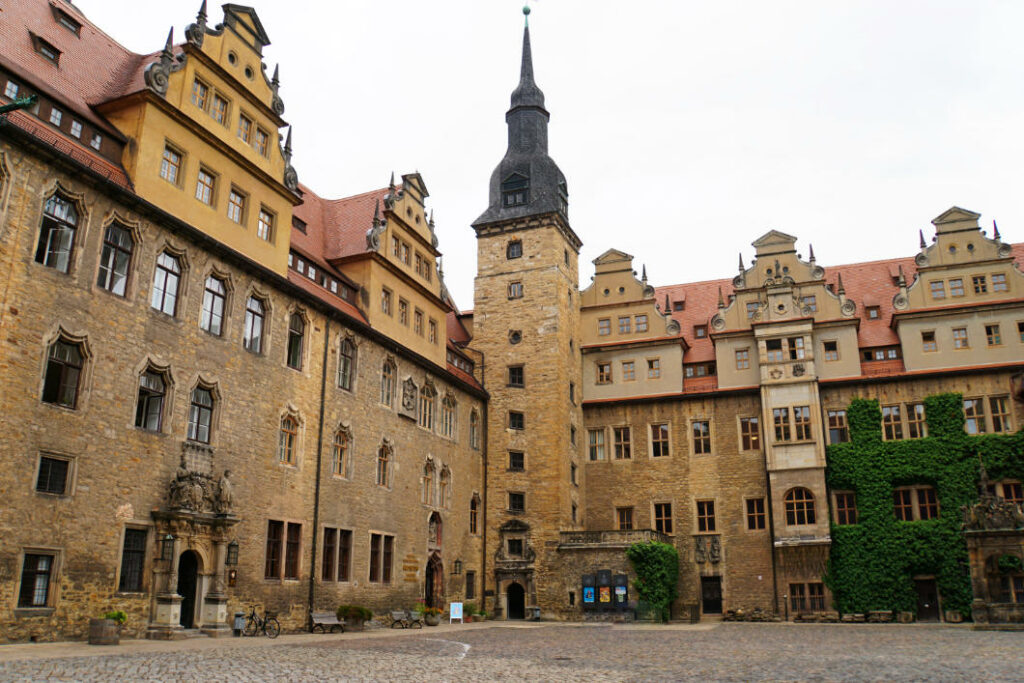
In the courtyard stands the Neptune Fountain. In the past, the stone raven cage also stood here. Today it stands in front of the castle and has something to do with the legend of the raven of Merseburg.
Raven legend of Merseburg
What is the raven cage all about? Of course, we immediately asked ourselves this question.
And so we were told the raven legend of Merseburg:
“The bishop Thilo von Trotha owned a golden signet ring, which he liked very much.
One morning he left the ring at the open window.
After a short absence, he noticed that the ring had disappeared. Angered, he sent for his long-time servant and accused him of the theft. Although he protested his innocence, he had him executed.
Later, the ring was found in a raven’s nest.
Thilo von Trotha then had a cage erected in the castle courtyard as a warning not to pass judgment in anger. There he had a raven locked up to atone for the theft. Since that time a raven has always lived in the castle.”
The raven and the ring can also be found in the coat of arms.
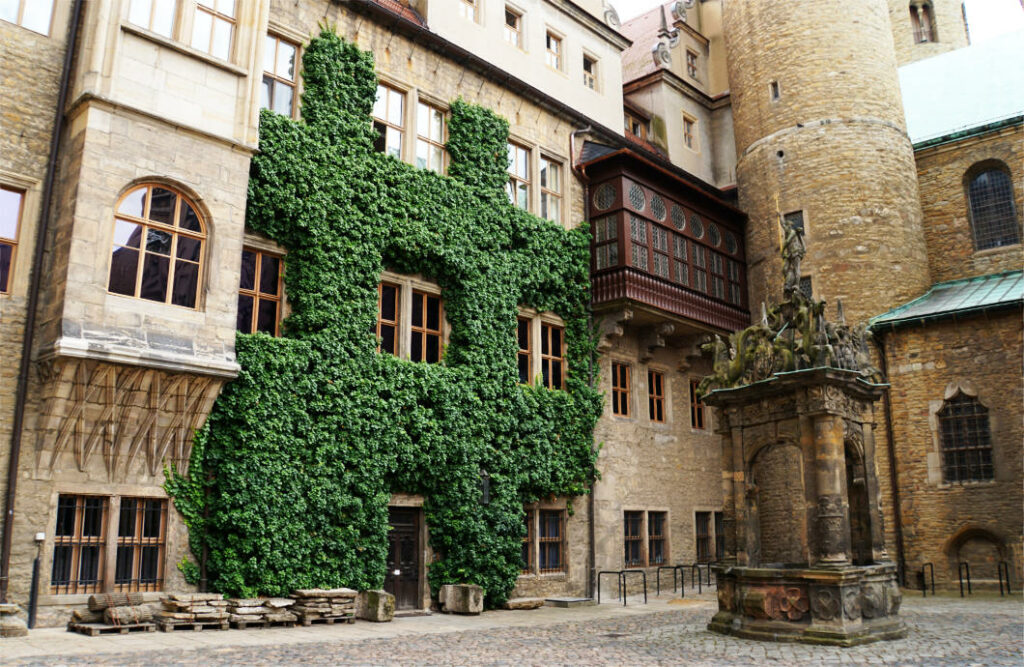
Cultural History Museum in Merseburg Castle
We visited the exhibition rooms of the Museum of Cultural History in Merseburg Castle. Here you can see very interesting permanent exhibitions on the topics of prehistory and early history of the Merseburg region, the history of the city of Merseburg and Merseburg Castle. In addition, special exhibitions on a wide variety of topics are offered on a regular basis.
Even in the first exhibition rooms, I noticed that much of the content was beautifully prepared for children. For example, I particularly liked the “Scriptorium merseburgense. Here, the children can write with pen and ink and practice writing the Carolingian minuscule script (the predecessor of today’s script).
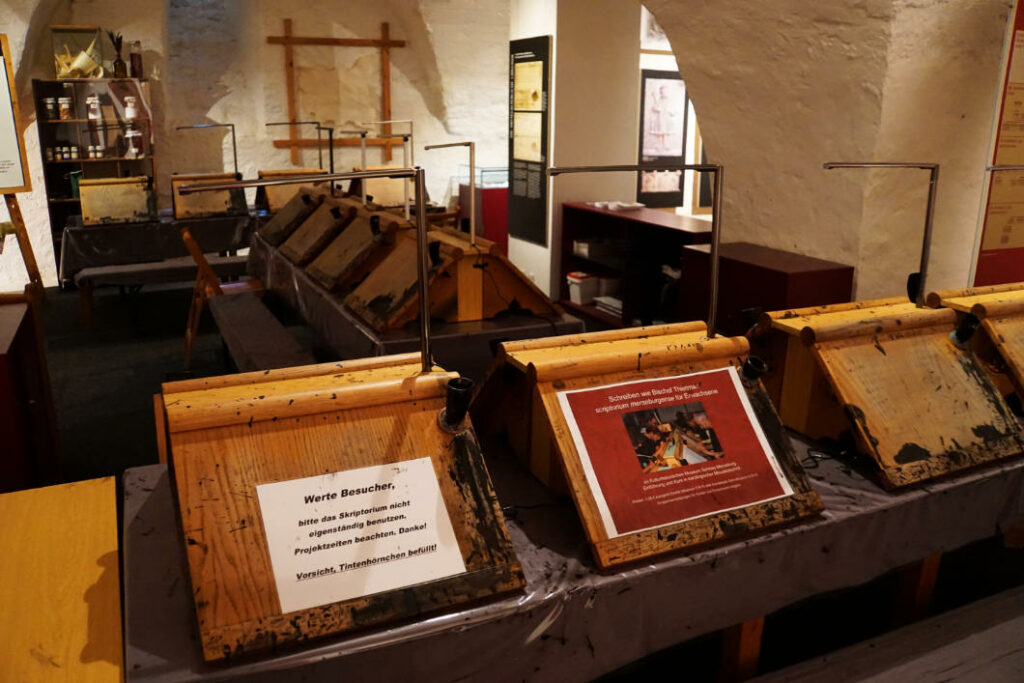
Some of the exhibition rooms are also impressive. For example, we walked through the castle cellar, which is still preserved in its original form, and discover the history of Merseburg in a room called the Chapel of David. The writing workshop is in a pillared hall (Ottonenhalle) from the 13th century. I enjoyed walking through rather atypical exhibition spaces in the castle’s basement. Here, the history of the castle can be experienced through the location alone and not just through the exhibits.
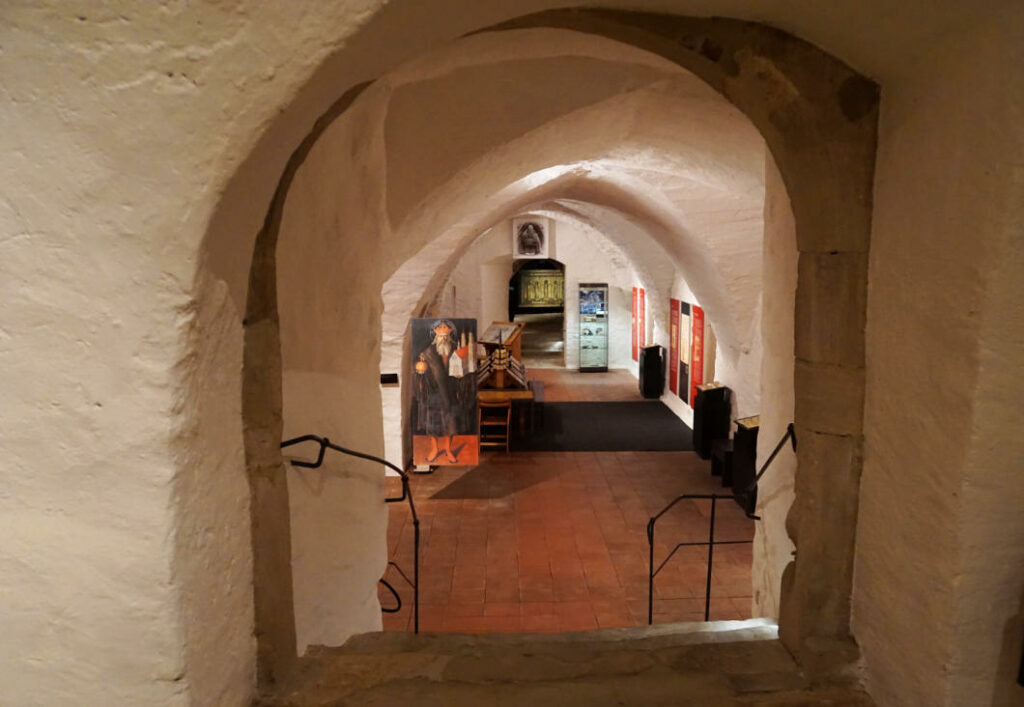
Via a staircase we reach further exhibition rooms on the second floor of the castle. Suddenly we are standing in a typical taproom of the 1970s, with a regulars’ table and counter. The highlight here is a “music box”, which is still equipped with a perforated roller and also plays after money is inserted.
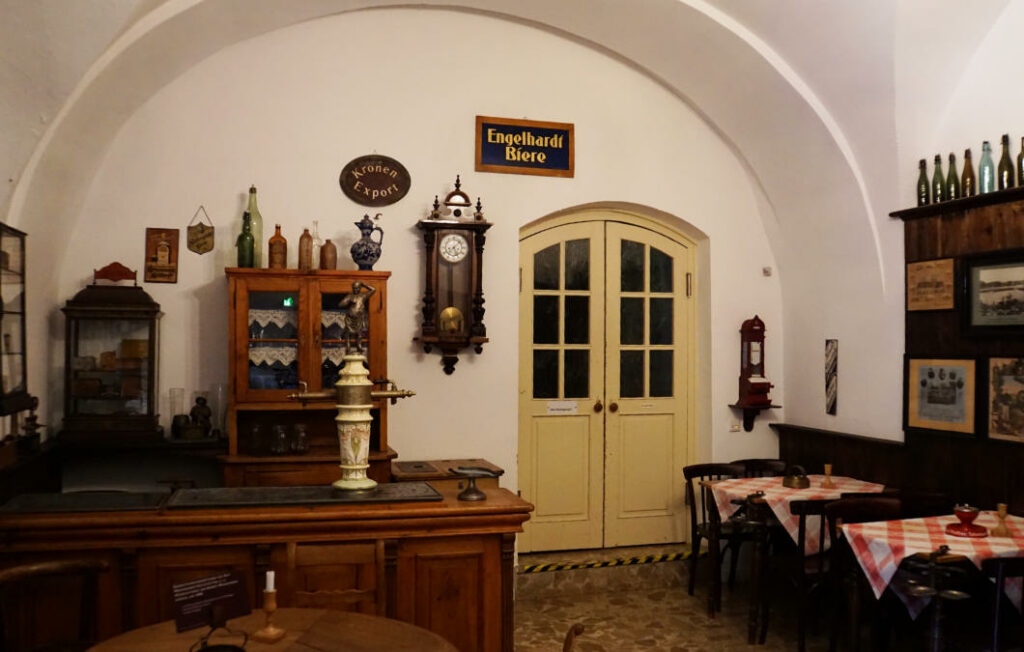
On the second floor, the exhibition rooms are no longer as interesting architecturally as the basement vault. But the exhibition is worth seeing. I was impressed by the tomb slab of the plague nun from the 16th century.
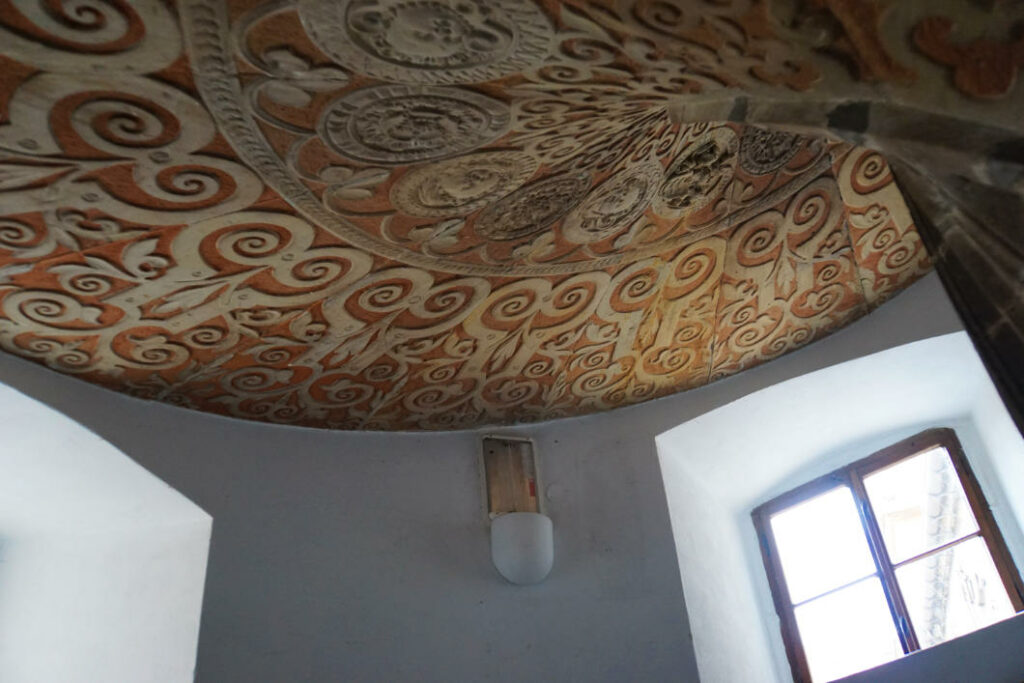
We enter the chamber tower in Merseburg Castle. What is striking here is the still preserved beautiful design of the staircase. Here you can find floral motifs, fratz representations and the coats of arms of the canons.
Having arrived on another floor, we enter the rooms of the city administration. Here we can still see the original design of the ceilings in two places. Unfortunately, this has not been preserved in the whole castle.
Via another staircase we reach the castle courtyard again. Here our very interesting guided tour ended. Thank you very much!
Address:
Domplatz 9
06217 Merseburg
Opening hours:
March till October
daily 9-18 h
November till February
daily 10-16 h
Admission fees:
Adults: 3,50€
Reduced: 2,00€
Disclosure: The visit to Merseburg Castle and the guided tour of the Museum of Cultural History were a component during a press trip. My report corresponds exclusively to my own opinion.
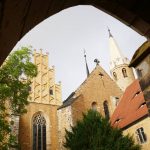
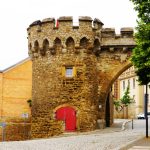
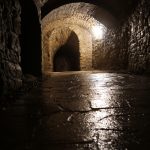
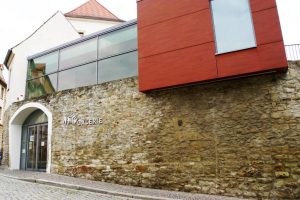

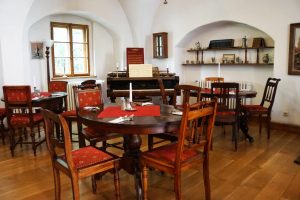
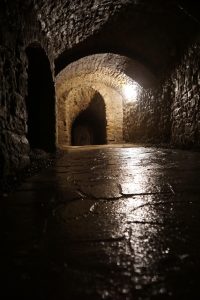
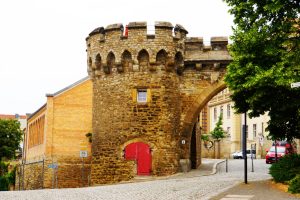
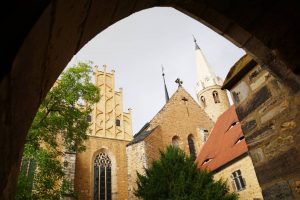
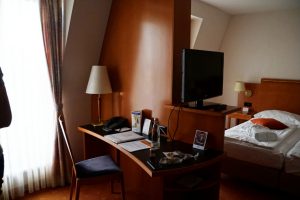
Susanne Jungbluth
Danke! Thanks!!
Tina vonTrotha Bonelli
Thanks for sharing the Raven story…but you have a typo… you said the ring was found in a rabbit’s nest. but it was found in a Raven’s nest…hence the legend. Great information. I hope someday to visit!